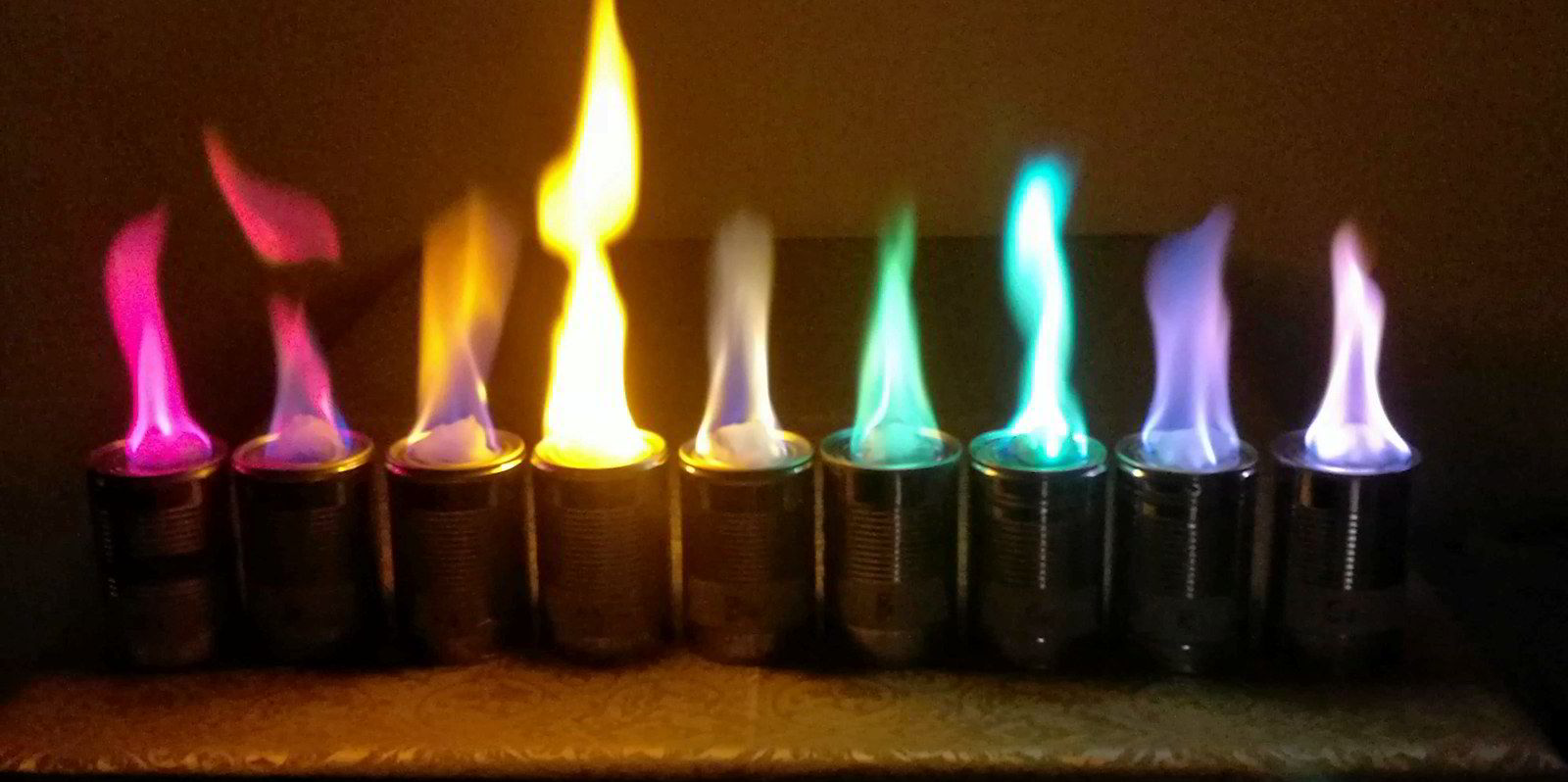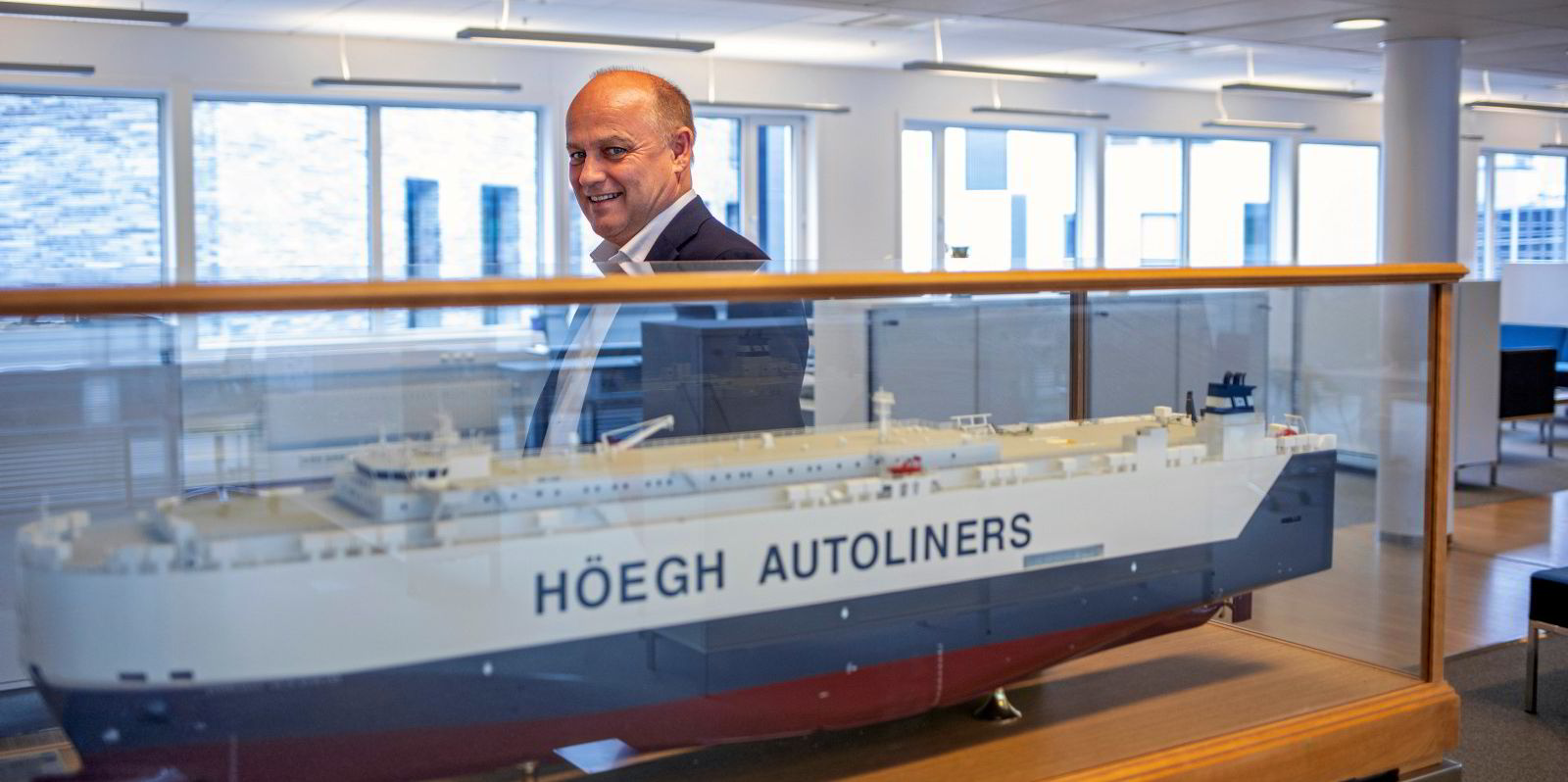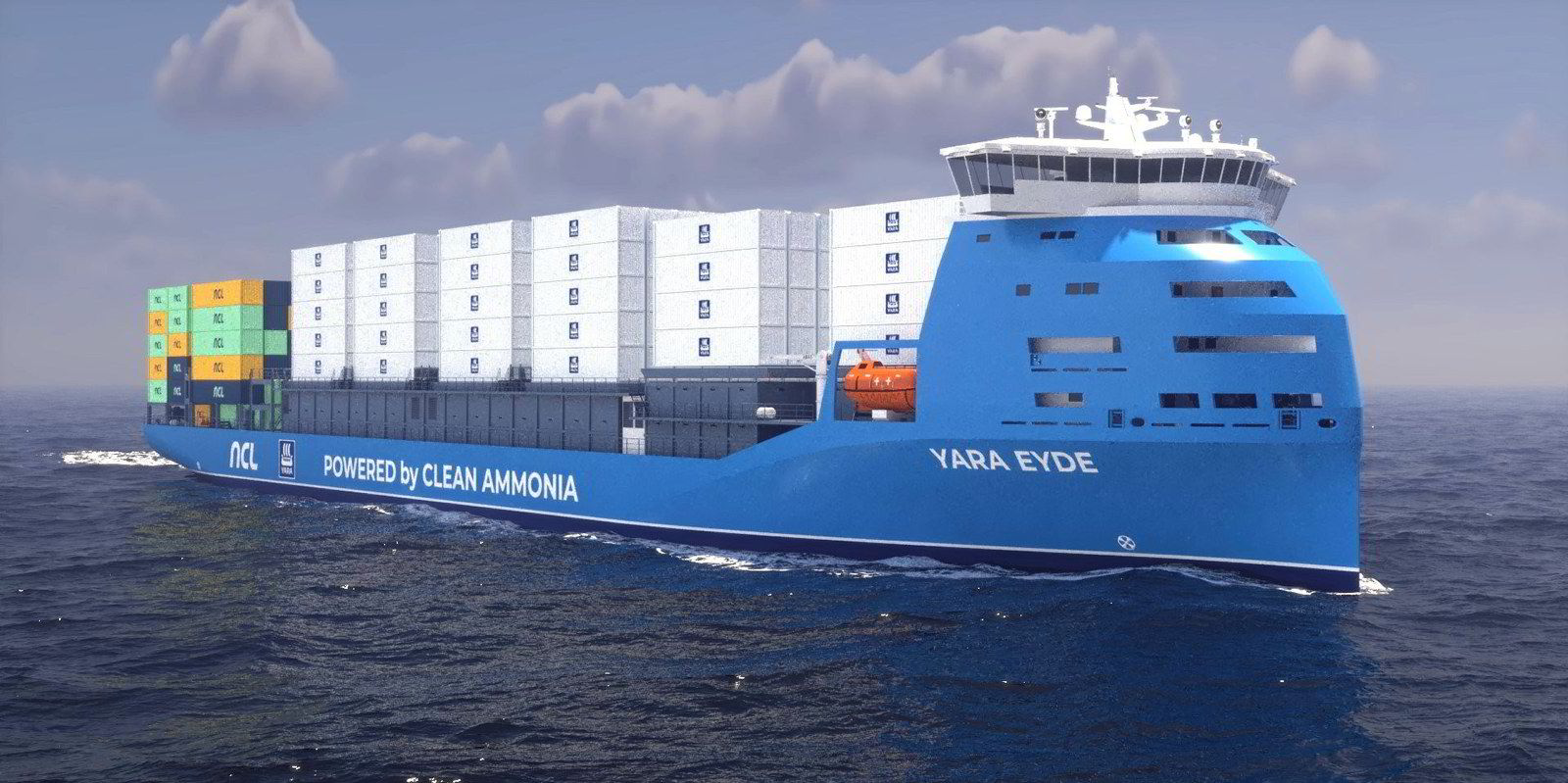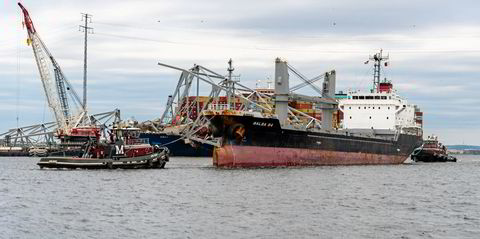Shipowners have signed up to the first ammonia dual-fuel vessels, but not everyone is a fan and discussions can become heated when the subject is raised.
For the haters, ammonia is highly toxic and corrosive and will present fresh hazards and complexities for seafarers. The lovers see it as the first truly zero carbon alternative marine fuel that could be made available at scale, and a product that has been shipped safely for decades.

This story is part of a series of articles looking at the future of fuels in shipping.
Click here to read the full report
But here is the nub.
While gas carrier owners may be used to the design and operational aspects for vessels carrying ammonia and may feel competent to bring it into the mix as a fuel, how will this translate for vessels such as container ships and bulk carriers with no experience of the product?
Bang on cue, Belgian shipowner Exmar LPG — a joint venture between Exmar and Seapeak — has stepped forward with a first real-world project and what would appear to be the first firm orders for ammonia dual-fuel, 46,000-cbm midsize gas carriers, known as MGCs.
The Lloyd’s Register-classed vessels, which will be fitted with WinGD’s upcoming ammonia engine, are on order at Hyundai Mipo Dockyard in South Korea and scheduled for delivery in 2026.
Exmar has been transporting ammonia for about 40 years.
TradeWinds spoke to Exmar executive director Carl-Antoine Saverys and head of technical shipping Kristof Coppe about the MGC newbuilding project, as well as to Lloyd’s Register global gas technology director Jose Navarro, who all quashed two myths from the outset.
Ammonia carriers do not smell of ammonia, and crew working in the engine room will not need to wear full personal protective equipment.
“We have to design ships in a way that we do not have any perception that the ship is being powered by ammonia,” Navarro said.
On Exmar’s newbuildings, the ammonia bunkers will be carried in two 500-cbm deck tanks that will allow the ships to sail for about 10 days without refuelling, based on an average fuel consumption of around 100 cbm per day.
The ammonia from the fuel tanks will have its pressure and temperature boosted up by pumps to ensure it is sent to the engine room in liquid form, avoiding vapour formation in the injector, so it can properly combust.
This will be done in a separate fuel preparation room located on deck, adjacent to the compressor room. Exmar’s intention is to restrict crew access to this room for these first newbuildings while the system is in operation. But CCTV monitoring will be installed.
While the ammonia will be carried above deck in single-walled piping, below deck it moves into double-walled pipes as it enters the engine room.
Before the engine starts running on ammonia, the outer pipeline barrier is checked by pressurising it to ensure it is gas tight.
In the event of an internal ammonia leak within the engine or piping, it would be contained in the inter-pipe space. The system is designed to promptly detect such leaks, resulting in an automatic cessation of the entire supply. Following this, the system undergoes a purging process, akin to the safety measures employed on LPG carriers.
Navarro emphasised that due to ammonia’s inherently low energy density as a fuel, the ships’ fuel tanks and piping must be sizeable. The incorporation of double walling contributes to additional girth on the pipes.
For double-walled piping, it is necessary to understand how to ventilate the space between the pipes and see the condition of the inner pipe.
Navarro said there are questions about whether double-walled piping needs to be across all the deck cargo area. “At the moment, it is an open discussion. For non-gas carriers, it will be double-walled,” he said, with anything below deck double-walled across all vessel types.
Exmar said the double-walled safety concept is built around ensuring there is no ammonia in the engine room, otherwise it cannot be considered a safe space.
“The engine room must be constructed in a way that no release will happen,” Navarro said.
But he added: “We cannot ignore that such an accident can happen.”
For this reason, there will probably be a need to provide emergency suits, breathing apparatus, showers in the engine room or fuel preparation room, or in any space where there is a possibility that an accidental leak can occur.
Navarro said vessel designers also need to consider how to vent ammonia in a safety or emergency situation.
This will require an “ammonia release mitigation system” that could be a form of scrubber that would dilute the ammonia in water and contain it in a tank or a combustion system that would burn it in a safe way. On a gas carrier, the ammonia release can be brought into the reliquefaction system.
Coppe said Exmar has also carried out risk assessments on all the ancillary equipment that will be connected to the engine. These have been checked to see that — in a worst-case scenario — if ammonia was present, what the level would be and how it could be detected.
Navarro said: “The crew will need to change their culture. When they do maintenance, they will need to have suitable [protective] equipment to do these activities.”
Other measures that are already inherent in the design of gas carriers will also apply to ammonia-fuelled vessels. Coppe gives the example that no windows in the accommodation block can open on to cargo-facing areas in case of the unexpected release of toxic gas.
Saverys revealed that Exmar presented the MGC design to its seafarers, asking them for input. He said the company has had requests from some crew wanting to be first to sail on these vessels.

V. Group director of sustainability & decarbonisation Matt Dunlop has been seconded to the Maersk Mc-Kinney Moller Center for Zero Carbon Shipping, which published a report in the summer focusing on what it would take to design an ammonia-fuelled ship.
He said inherently safe ship design is fundamental, along with sensible precautions, to reduce the burden on operator competence.
Let’s not dilute the risks. This is a toxic fuel, but if handled correctly, it is safe, and that’s the key challenge and objective of what we’re trying to achieve here
— Matt Dunlop
A former seafarer, Dunlop said all the recent energy efficiency solutions have presented new challenges for crew. But he said the industry is moving into an era in which those on board need to prepare for handling toxic fuels.
“It’s not if ammonia will be one of the frontrunners, it’s when,” he said, adding that the alternative fuel is needed to meet the decarbonisation targets set by the International Maritime Organization.
Dunlop believes it is also important to focus on the societal acceptance of ammonia.
“We’ve got a bit of work to do as an industry to understand that ammonia can be, and is, produced, distributed and utilised safely on a daily basis,” he said.

“Let’s not dilute the risks. This is a toxic fuel, but if handled correctly, it is safe, and that’s the key challenge and objective of what we’re trying to achieve here.”
Dunlop said competency and training is one of the key high-risk themes and an industry standard needs to be developed.
The centre’s report identified the challenges that need to be addressed. Its findings now need to be translated into practical guidance, with regulators, policymakers and the IMO aligned on time-tabling to qualify ammonia as a fuel in a live setting on board ships.
“We do it safely or we don’t do it at all,” Dunlop said. “And we will do it safely.”








